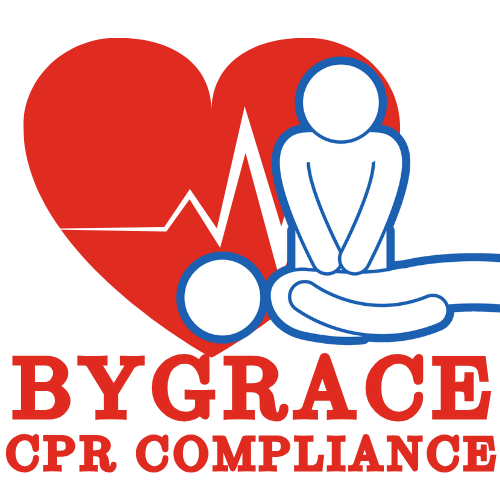
Aerobic exercise, is any physical activity that gets your heart and lungs working harder. This includes activities like walking, jogging, swimming, and biking. Aerobic exercise can help to lower blood pressure and reduce the levels of triglycerides (a type of fat) in the blood. It can also increase HDL cholesterol, the “good” kind of cholesterol that helps to remove LDL cholesterol (the “bad” kind) from the body.
In addition to aerobic exercise, there’s also strength training, which is any type of exercise that uses resistance to build muscle. This can include using weights, resistance bands, or even your own body weight. Strength training can also help to lower blood pressure and improve cholesterol levels. It can also reduce the risk of diabetes, another risk factor for heart disease.
The Amount and Frequency of Exercise Recommended for the Heart.
The American Heart Association recommends at least 150 minutes of moderate-intensity aerobic exercise or 75 minutes of vigorous-intensity aerobic exercise per week. For strength training, they recommend at least two days per week. You can spread out your workouts throughout the week, or you can do them all at once. The most important thing is to find a routine that works for you and that you can stick to.
How to get Started With an Exercise
Now, let’s talk about how to get started with an exercise routine. The first step is to find an activity that you enjoy. If you like to be outdoors, you might try walking or jogging. If you prefer to stay indoors, you might try swimming or using a stationary bike. When you find an activity that you enjoy, it will be easier to stick with it.
Another important factor is finding the right time of day to exercise. For some people, it’s best to exercise in the morning, before they get busy with their day. For others, it might be better to exercise in the evening, as a way to wind down after a long day. You might experiment with different times of day to see what works best for you.
Another factor to consider is starting slowly. If you haven’t been exercising regularly, it’s important to start with a manageable amount of activity. You can gradually increase the intensity and duration of your workouts as you get more fit. This will help to prevent injury and burnout.
Safety Rules To Exercising
Before starting any new exercise routine, it’s important to consult with your doctor. They can make sure that the activities you’re planning are safe for you, given your individual health and fitness level. Once you’ve gotten the green light from your doctor, you can start working towards your fitness goals!
Getting that medical clearance is a key step towards starting a safe and effective exercise routine. Now, let’s talk about another important factor: consistency. Research has shown that regular, consistent exercise is more effective than sporadic exercise. So, try to exercise at the same time on the same days each week.
Motivation. It’s normal to have days when you don’t feel like exercising. On those days, it can help to remind yourself of your reasons for exercising. Whether it’s to stay healthy, relieve stress, or have more energy, remembering your “why” can help you get moving.
Tips to Stay Motivated to Exercising:
Now, let’s talk about a few tips for staying motivated. One tip is to focus on how you feel after exercising, rather than how you feel before. Most people find that they feel better after exercising, even if they didn’t feel like exercising beforehand.
Another tip is to reward yourself for exercising. This could be something as simple as taking a hot shower, reading a book, or watching your favorite TV show. The key is to find something that you enjoy and that motivates you to keep exercising.
Setting Specific Goals for Exercising:
Setting specific goals. Research has shown that setting SMART goals is an effective way to stay motivated. SMART stands for specific, measurable, achievable, relevant, and time-bound. An example of a SMART goal would be, “I will walk for 30 minutes three times per week for the next four weeks.
The final piece of the puzzle is tracking your progress. This can be done with a journal, an app, or even just a piece of paper. Tracking your progress will help you see how far you’ve come and will keep you motivated to keep going.
Exercise Vs Cardio
Exercise and cardio are related, but they are not the same thing. Exercise is any physical activity that you do to stay fit, while cardio is a type of exercise that is designed to increase your heart rate and improve your cardiovascular health. Cardio exercises include things like walking, jogging, swimming, cycling, and dancing.
Some of the benefits of cardio. Cardio is great for your heart health, as it helps to lower blood pressure and improve cholesterol levels. It’s also great for weight loss, as it burns calories and helps to increase your metabolism. Cardio is also great for stress relief, as it releases endorphins, which are hormones that make you feel good.
The different types of cardio workouts. LISS, or low-intensity steady-state cardio, is when you work out at a moderate intensity for a longer period of time. HIIT, or high-intensity interval training, is when you alternate between bursts of high-intensity exercise and periods of rest.
Key Take aways
- Exercise, including cardio, is an important part of a healthy lifestyle.
- Both LISS and HIIT are effective forms of cardio, but LISS may be easier to start with for beginners.
- LISS is a low-impact workout that can be done outdoors, which can improve mood and reduce stress.
- Cardio can help to improve heart health by lowering blood pressure and improving cholesterol levels.
When it comes to exercise in general, there are so many benefits, both physical and mental. Some of the physical benefits include improved muscle and bone strength, improved balance and coordination, and improved immune function. Mental benefits include reduced stress and anxiety, improved sleep quality, and improved cognitive function. Exercise has even been shown to improve mood and reduce symptoms of depression. What do you think about these benefits?

0 Comments